How to Get Rid of Smelly Drains in Your Bathroom: 4 Easy Steps
-
Kristin Hitchcock
- Last updated:
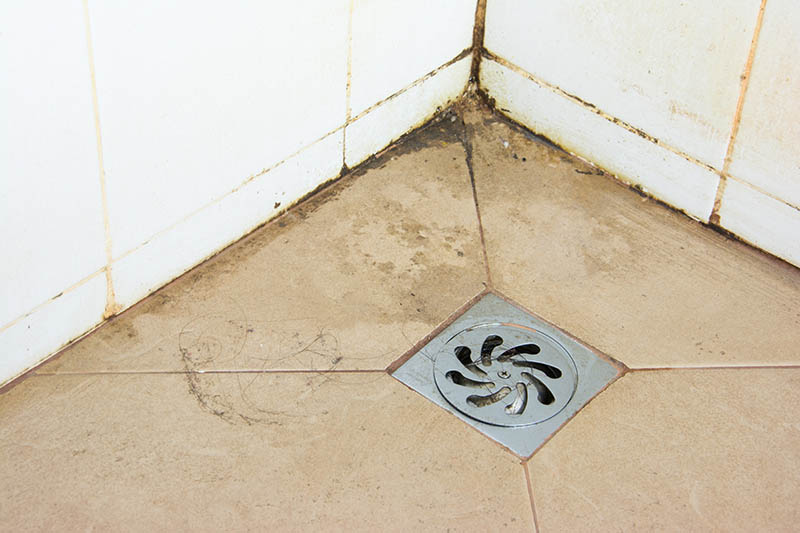
A smelly drain can make your whole bathroom a pain to use. However, how do you clean somewhere you can’t reach? You can’t exactly scrub the inside of your drain like you do other places in your bathroom.
Luckily, though, there are several ways you can effectively clean your smelly drain. Depending on the issue’s root, you may need to try several of these fixes. Here are some of the most effective options.

The 4 Steps to Get Rid of Smelly Drains in Your Bathroom
1. Try Baking Soda
Baking soda is a natural deodorizer and so it often helps remove nasty smells coming from your drain. First, you’ll want to turn on the water to the hottest setting possible and let it run for a few minutes. The hot water will help rinse the drain, which in turn helps the baking soda work better. If you don’t have heated water, try pouring hot water from the stove down the drain.
Next, turn off the water and add about ½ cup of coarse salt. Salt is completely safe for all septic systems, but it works as a powerful abrasive that can remove debris and smelly objects inside your sink. It also has antimicrobial properties. Regular salt will work, but larger salt often works better.
Finally, sprinkle ½ cup of baking soda into the drain. Pour it in gradually, so it doesn’t just clump together around the entrance. You want it to end up on the drain side, where debris tends to collect and cause bad smells.
Next, add two cups of vinegar or lemon juice down the drain. These two substances react to the backing soda, creating a fizzing action that can help clean the sides of your drain. Then, you can cover the drain with a stopper to help force the pressure downwards, which can help clean the rest of your pipes.
Wait 10 minutes for this deodorizer to work on your drain. Then, rinse the drain with hot water again. The longer you let it sit, the better. However, it does require at least 10 minutes to have a substantial effect. Many people leave it overnight.
You can repeat this cleaning process as much as you need to. It won’t harm your drain or pipes.
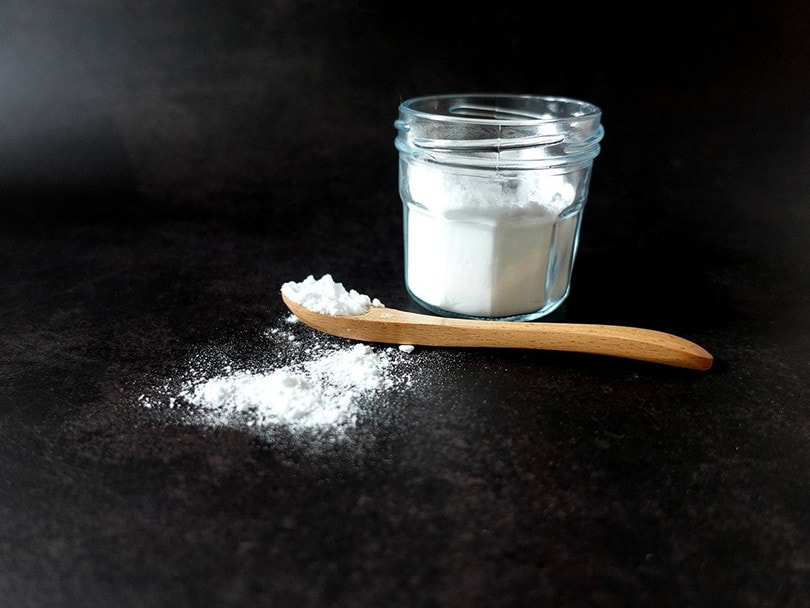
2. Use an Auger
Even if there isn’t a serious clog in your drain, minor clogs and clumps on the side of the drain can attract bacteria that cause odors. Therefore, you may want to treat your drain as if there is a clog if the above method doesn’t remove the smell.
First, take a look at your drain plug. Drain plugs can lead to serious build-up, as they often catch debris. Therefore, your first step should be to remove your drain plug and clean it thoroughly. You can soak it in a baking soda/vinegar solution to help remove any tough odors or use a commercial cleaner. You should preferably clean these plugs regularly to prevent any buildup.
Next, you’ll need to clean the drain with an auger or grain stick. These help remove debris that is stuck in your drain (many of which will cause a smell). Plastic drain sticks are very cheap and can be utilized to pull out any debris that is in your sink. Wash the tool off as you use it.
You can also get a drain snake or an auger from the store. While these are more expensive, they also tend to be more effective. Therefore, it depends on how bad your drain situation is and how much you want to spend.
Finally, when you’re done cleaning, flush the sink with hot water to help remove any extra debris that is still down there. You don’t want to use boiling water, which can harm PVC joints. However, almost-boiling water should work just fine.
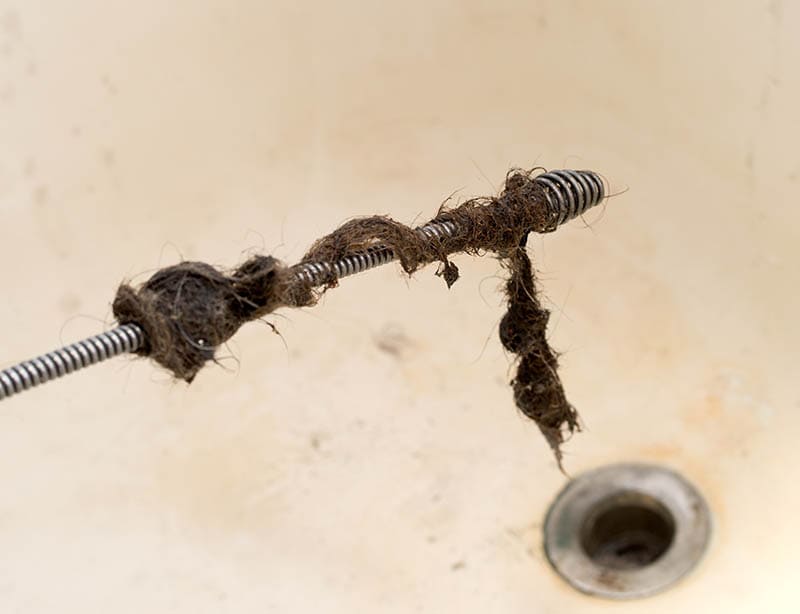
3. Clean the P-Trap
Most sinks have a P-Trap. When not cleaned, these can get quite smelly and nasty. Therefore, if your drain is still smelly after these steps, you’ll probably need to clean the P-Trap. However, this method is a bit more complicated than others, so we recommend trying them first.
To accomplish this, you’ll need to remove the P-trap. This S-shaped piece is likely found under your sink, where it connects the wall outlet to the sink. You’ll have to turn the two nuts located on either end of the piece to remove it. You’ll probably have to give it a wiggle to remove it after the nuts have been loosened. Have a bucket nearby, as this joint will have water at the bottom of it.
Next, you’ll need to clean the pipe thoroughly with a bottle brush and a paper towel. Push the brush through the P-trap several times to remove as much of the foul smell as possible. You can also wrap a paper towel around the brush, which helps get a more even clean.
You can find these brushes at more home improvement stores. You may also need to clean the connecting pipes, which may contain smelly debris.
When you’re done, you’ll need to reinstall the P-trap. You may want to try one of the other methods we’ve explained on this list after reinstallation. With much of the gunk gone from the P-trap, the other methods may work better.
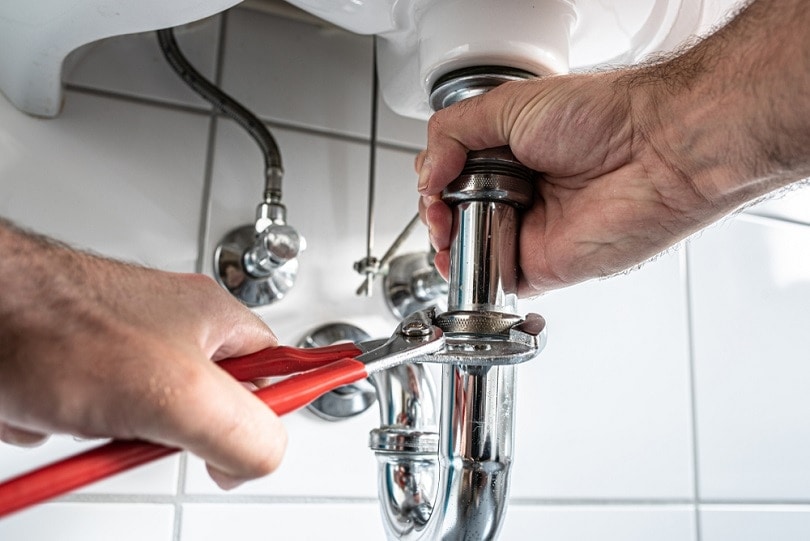
4. Prevent Smelly Drains
Now that you’ve cleaned your drain, we recommend taking steps to prevent further smells from occurring. There are several ways that you can do this. For instance, you should sprinkle baking soda at least once a month into your drain. This natural deodorizer is easy to use and removes odors. However, it doesn’t prevent or stop clogs, which can also cause odors.
If you have a garbage disposal, lemons and other citrus fruit can help keep it smelling nice. The citrus is just acidic enough to help the drain stay clean.
Flush your drain regularly with hot water and soap. Do this at least once a week to help keep most smells at bay. Of course, if you wash dishes in the sink, the leftover soap and water can help remove many musty smells.
You’ll also need to remove any clogs early. Otherwise, the water can sit and get stinky.
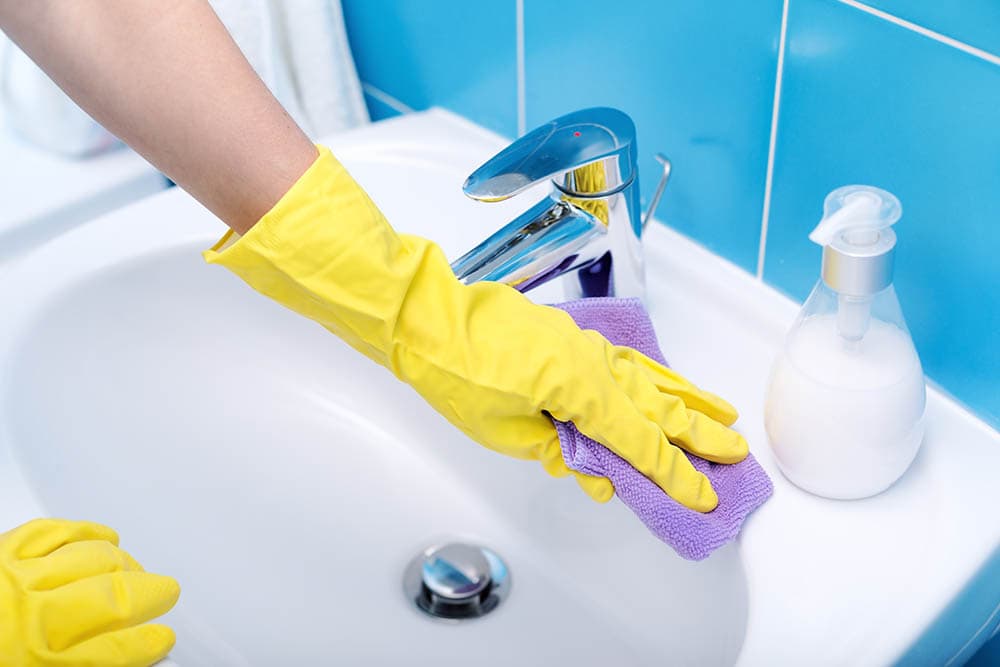
Conclusion
At some point, everyone’s drain is going to become smelly. Debris simply buildup over time, causing odor. Luckily, there are many ways you can get rid of this odor. Sometimes, you can use baking soda and vinegar to give your drain a quick clean. These materials are completely safe for your pipes, and they fizz, allowing them to clean your drain without you needing to scrub it at all.
However, you sometimes need to get a bit more aggressive with your cleaning, removing minor clogs and scrubbing pipes.3
Featured Image Credit: Siam SK, Shutterstock
Contents
